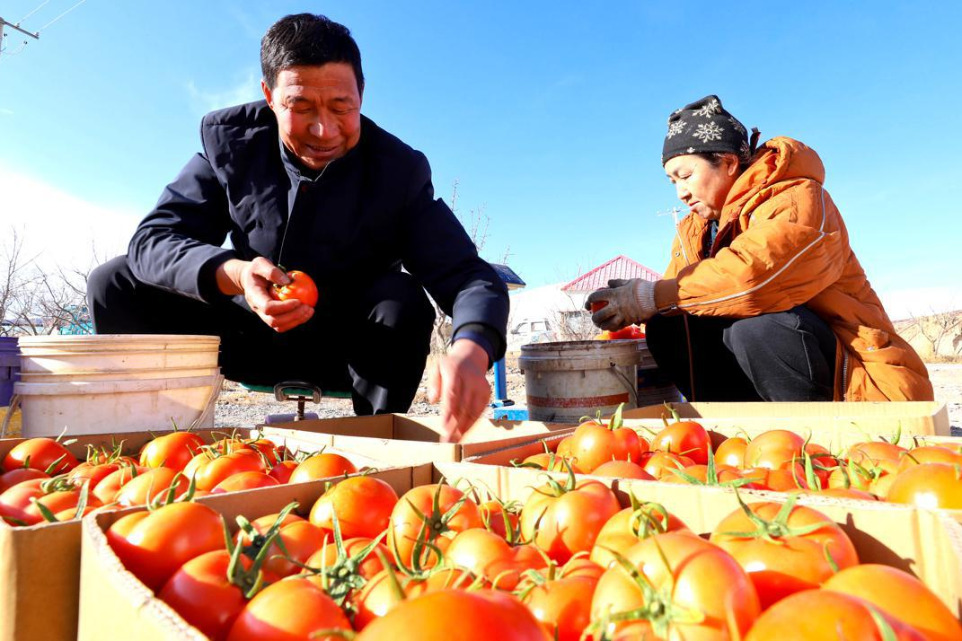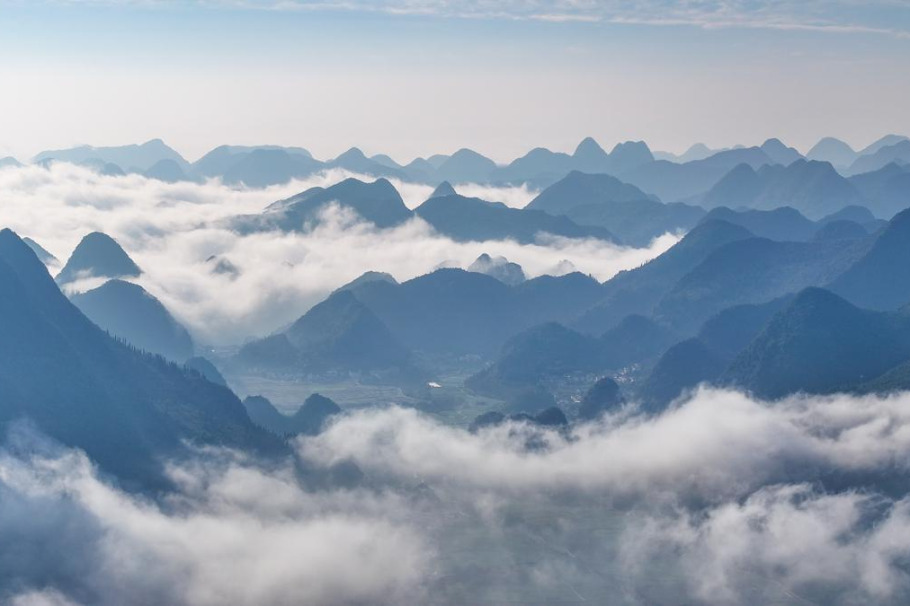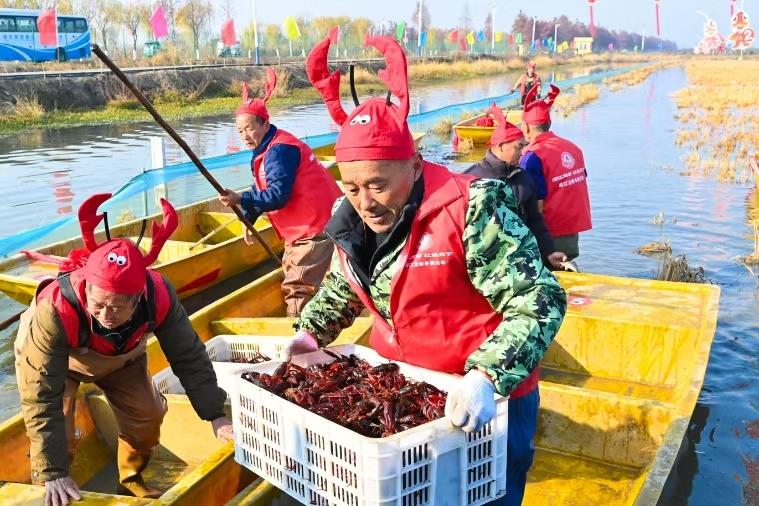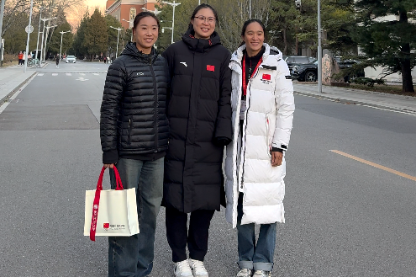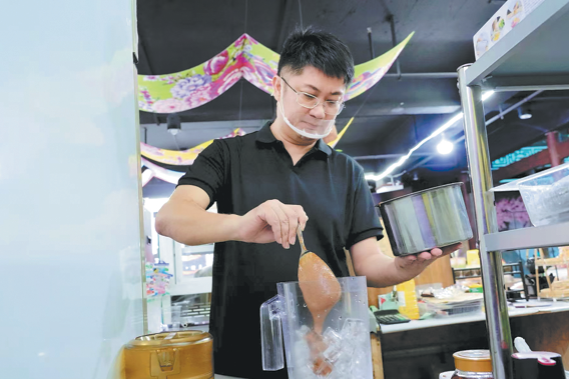Desert blooms with Chinese expertise

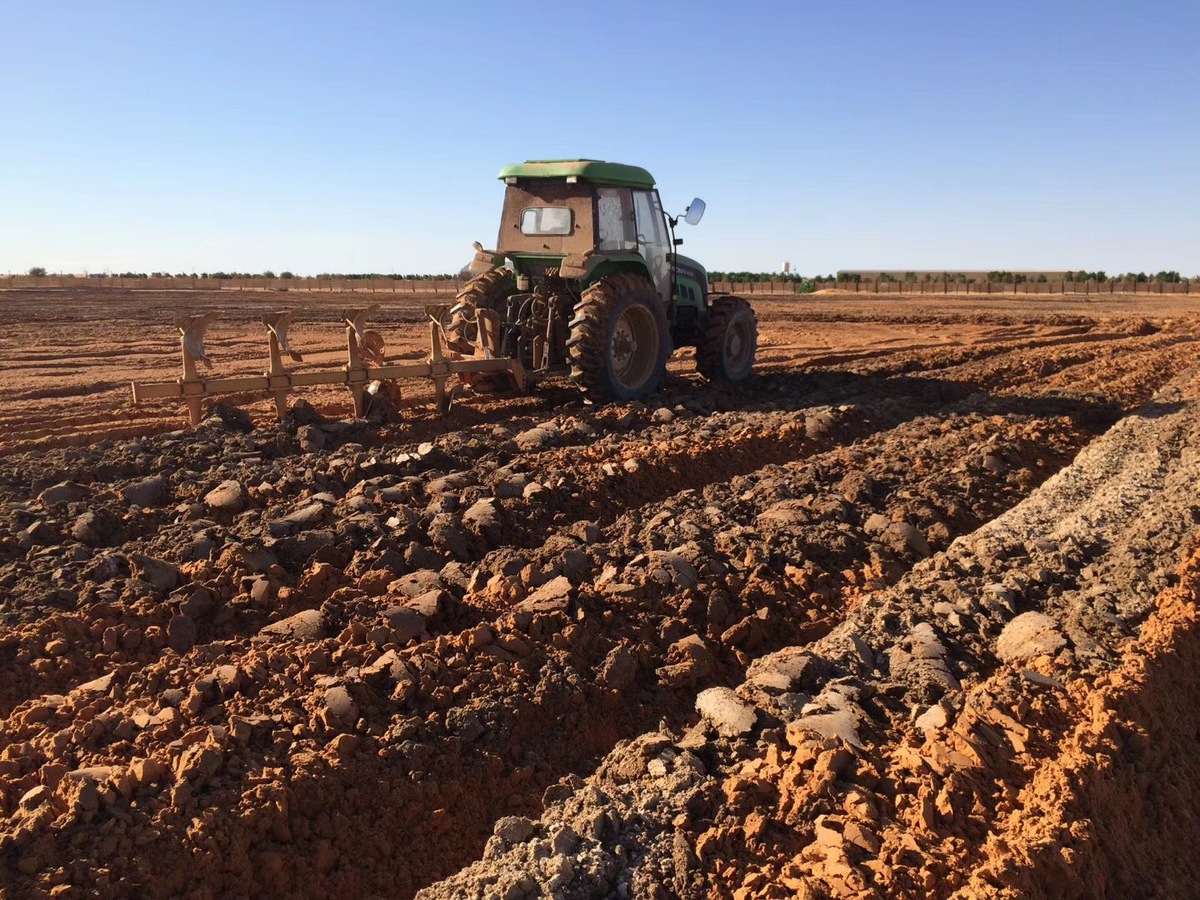
Trial and error
However, Ren was determined to conduct successful field tests.
With the cooperation of other experts at the demonstration center, he explored various water-saving irrigation methods.
They used cow and sheep manure and other organic matter to improve the soil quality. A fertilization plan was devised according to the soil test reports, and to coincide with crop growing periods.
According to Ren, there was virtually no pasture planting industry in Mauritania at that time.
During his experiments, he tried 21 varieties, screening out the unsuitable ones and perfecting sowing times for each variety.
Ren often worked under the hot sun to observe the impact of the temperature, the growth of the crops, and the damage caused by diseases and pests.
The observation data provided valuable reference material for the growing of different types of pastures.
Ultimately, alfalfa proved to be the best option for pasture crops, although it had never been grown on a large scale in Mauritania before.
After three years of experimentation, the planting area of alfalfa reached more than 20 hectares, and that of Gaodan grass nearly 13.3 hectares.
- Chinese technique for making ultrathin metal films named top 10 scientific breakthroughs
- Former senior political advisor of Sichuan sentenced to 14 years
- Beijing has undergone dramatic improvements since 2017's revamped development plans
- AI open alliance launched to pool resources for innovation and application
- China's ability to forecast floods boosted by holistic monitoring network
- Shenzhen court sentences 27 for smuggling antimony ingots

















